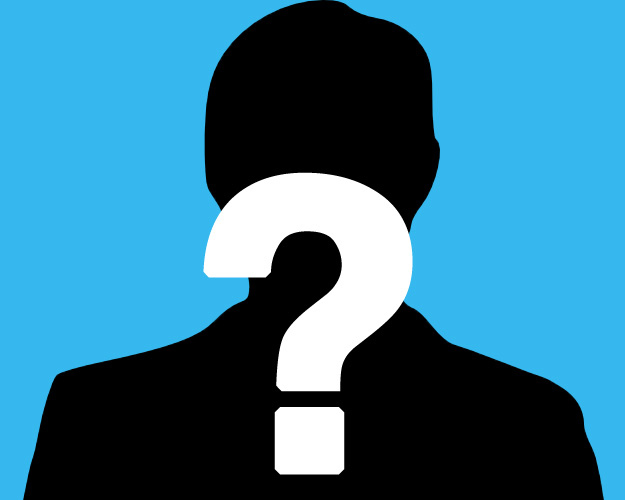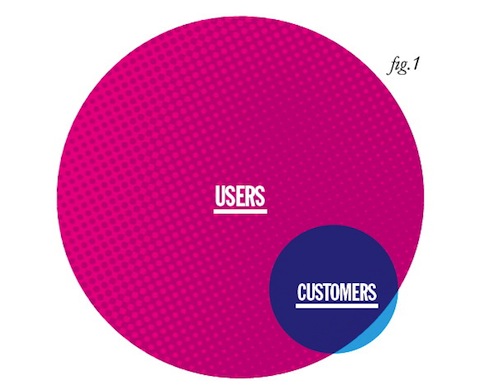Manufacturer - User - Customer - who are they?
We are moving from a one-way linear world, industrial business to a world of connected platforms. Industries are constantly torn by platforms. The success of Android, AirBnb, Uber, Coursera, Wikipedia, YouTube and similar platforms is a testament to the fact that business has changed. Although the importance of the platform has been widely acknowledged, the construction and management of platforms has not been properly evaluated. As a result, many startups try to build a platform that must end in failure.
Page Platformed has launched a series called Platform Thinking Series to answer 3 questions:
- How is the connection platform different from the traditional business model?
- How to design a platform that connects to the right method?
- Challenges in managing the connection platform.
The articles in this series will provide business people, especially those who want to start a business, a right look at platforms . Network administrators will gradually introduce you to useful articles in this extremely valuable series. Today's article will be the first "shot" before embarking on an understanding of the foundations.
- Who are the real users?
- And what are their differences with customers?
If you've been around for a long time on the Internet in the startup world, you'll probably at least once encounter a user-customer debate.Who is the user? Who is the customer? Which object should we focus on? The first article in the Platform Thinking series will talk about this debate - the core issue affecting how we think about designing business models on the Internet. If we look through the lens of the fundamental approach, we will no longer debate users - customers that will replace it with a more basic view of the function of business operations.
See more: Understanding the business model in just 2 minutes - Business Model Canvas
Most business activities on the Internet can be considered as a platform in which value is created and used. YouTube, for example, is the platform in which video downloaders create value and viewers use that value. With such an approach, we can continue to go deeper into the problem.
Who is the user (User)?
Simply put, users are anyone who uses your product. If that definition doesn't help much, break it down a bit. A user can play 2 roles:
- Producer - Producer : anyone who creates supply and meets demand.For example, with YouTube, whenever a user uploads a video, he acts as a producer and creates a supply.A questionnaire on Quora is also a producer when he responds to demand.
- Consumer - Consumer : anyone who creates demand or consumes supply.A video viewer on YouTube is a consumer.One person asked questions on Quora (as well as seeing questions and answers) acting as consumers.
 Manufacturer - User - Customer - who are they? Picture 1
Manufacturer - User - Customer - who are they? Picture 1
It should be noted that these are roles, not user segments . If you think about eBay, adults are producers and buyers are consumers, meaning we have two separate segments. But with Twitter, every time you post a tweet, you act as a producer, but if you read the tweet on your page, you become a consumer.
Dividing "users" into two roles helps us understand exactly the motives and actions of users when using the product . That will help us design tools that allow users to perform those actions instead of just using products with the given features. Most products have more than 1 manufacturer and consumer . For example, on LinkedIn, job seekers are producers and consumers through interactive activities and status updates, employers are producers of job search notices and consumer profiles. related users.
This brings a 3rd party debate .
Who is the Customer (Customer)?
In the offline world, customers are paying people. Customers may not be part of the supply-demand equation. The only classification criteria for customers is that they are the ones who pay for the business. Customers can be:
- Manufacturers, such as Vimeo users, can pay for Premium features.
- Consumers, for example, New York Times readers pay for the latest news.
- Anyone, such as Facebook advertiser.
 Manufacturer - User - Customer - who are they? Picture 2
Manufacturer - User - Customer - who are they? Picture 2
Again, customers can be many different objects . On LinkedIn, we have users (both consumers and producers) who also act as customers, advertisers and employers.
Summary of important concepts
- Each online business organization plays 3 roles: producer (Producer), customer (Customer) and consumer (Consumer).
- Each organization can simultaneously play multiple roles.
- Producers create supply and meet demand.
- Consumers create demand and consume supply.
- The customer is the payer.
 Manufacturer - User - Customer - who are they? Picture 3
Manufacturer - User - Customer - who are they? Picture 3
Customers and users are not sure if they are 1
Here are a few examples of the above concepts:
Zappos
- Manufacturer - Zappos itself is a manufacturer when they process shoes and create supplies.
- Consumers - users browse products and buy goods.
- Customers - are people who actually spend money to buy shoes.
AirBnB
- Manufacturer - homeowners and comment writers.
- Consumers - tourists and comment readers.
- Customers - technically both homeowners and tourists are customers.
Yelp
- Manufacturer - Yelp (create list), commentator.
- Consumers - people searching for places in the city and readers commenting.
- Customers - advertisers on the page.
New York Times
- Producer - New York Times newspaper.
- Consumers - readers.
- Customers - readers and advertisers on the page.
You should read it
- How are User Experience and Customer Experience different?
- How to fix 'Connected Devices Platform User' service error using up RAM on Windows
- Customer Connection in Times of Crisis: Navigating Challenges and Building Resilience
- How do small ideas like Twitter, WhatsApp, AirBnB create great value through network effects?
- 10 types of customers and appropriate behavior
- How to change the browser User Agent without extenstion
- The wizard chooses the development platform for the application - Application Development Platform
- How to Install Qt SDK on Microsoft Windows
- [Infographic] The trend of Chatbot will explode in the future
- How to use Skype web in Firefox
- Multiplication strategy is the platform - how to make fake fake - stories of YouTube, PayPal and more
- How does customer review (Customer Review) affect SEO?






 How are User Experience and Customer Experience different?
How are User Experience and Customer Experience different? 10 types of customers and appropriate behavior
10 types of customers and appropriate behavior How does customer review (Customer Review) affect SEO?
How does customer review (Customer Review) affect SEO? Customer Connection in Times of Crisis: Navigating Challenges and Building Resilience
Customer Connection in Times of Crisis: Navigating Challenges and Building Resilience What is Customer Relationship Management (CRM) Software?
What is Customer Relationship Management (CRM) Software? 11 Easy Steps To Assure Ultimate Customer Satisfaction
11 Easy Steps To Assure Ultimate Customer Satisfaction